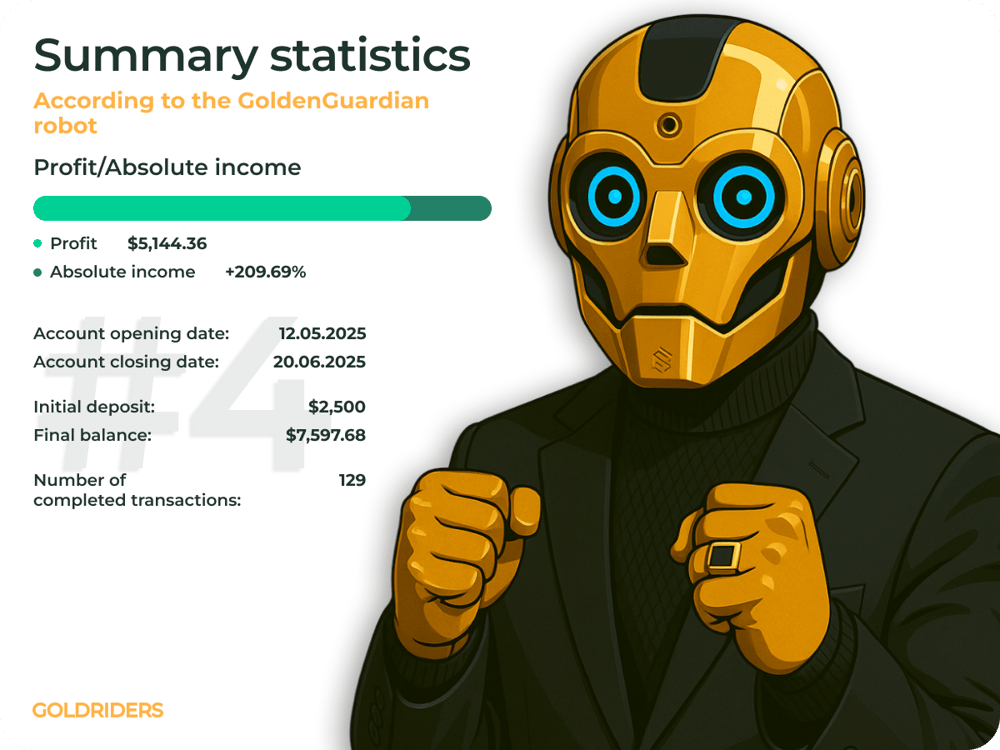How Algorithmic Trading Works: The Role of Trading Algorithms in Global Financial Markets
Today’s financial markets are increasingly driven not by human traders, but by machines. Algorithmic trading—also known as algo trading or automated trading—uses computer programs to execute trades based on pre-defined instructions. These systems operate across asset classes, including equities, foreign exchange (FX), commodities, and cryptocurrencies, on major exchanges such as the NYSE, NASDAQ, CME, and others.
Automation offers significant benefits: reduced latency, improved liquidity, and the elimination of emotional decision-making. However, the rise of algorithmic systems has also introduced new risks, including market instability and flash crashes, prompting ongoing debate among market participants and regulators.
Understanding Algorithmic Trading: Mechanics and Market Impact
At its core, algorithmic trading relies on mathematical models, statistical patterns, and real-time data analysis. Programs are designed to identify optimal entry and exit points using technical indicators, volatility measures, trend analysis, or even macroeconomic data and real-time news.
Key Facts:
Up to 80% of all trades on U.S. stock markets are executed algorithmically (Statista).
High-frequency trading (HFT) strategies operate at speeds measured in microseconds or nanoseconds.
Major investment banks such as JPMorgan Chase (JPM), Goldman Sachs (GS), and Morgan Stanley (MS) deploy proprietary trading algorithms.
Algo trading is widely used across USD, EUR, BTC, SPX, and major ETFs.
The integration of artificial intelligence (AI) and machine learning (ML) has transformed strategy complexity.
Algorithms may follow various strategies—from trend-following models and statistical arbitrage (e.g., latency arbitrage) to market-making algorithms that continuously provide bid-ask quotes to ensure liquidity.

Market Reactions, Risks, and Future Outlook
Despite the operational advantages of algorithmic systems, they can exacerbate market volatility. A prominent example is the May 6, 2010 Flash Crash, when the Dow Jones Industrial Average (DJIA) plunged nearly 9% within minutes due to cascading algorithmic responses.
Institutional players are increasingly merging AI-driven models with quantitative finance frameworks, requiring robust infrastructure—low-latency networks, direct access via trading APIs, and integration with real-time data from Bloomberg, Reuters, and similar sources.
Top 5 Key Takeaways:
Speed is critical in high-frequency trading. A millisecond can determine profit or loss.
Data quality and volume directly influence algorithmic performance.
Model testing and validation are essential—strategies are backtested across historical datasets and simulated environments.
Regulatory oversight by agencies like the U.S. SEC, ESMA, and FCA is increasing to prevent systemic risks.
Ethical concerns and transparency in algorithmic systems are gaining attention globally.

Why Algorithmic Trading Matters in Today’s Financial Ecosystem
Algorithmic trading is no longer just a technological advancement—it’s a structural force in the modern financial system. From managing liquidity to influencing price discovery, algorithms play a defining role in shaping market behavior.
As AI adoption accelerates and computing power advances, the boundaries of what algorithms can achieve continue to expand. But with power comes responsibility. Market participants and regulators alike must strike a balance between innovation and risk mitigation.
Used wisely, algorithmic trading enhances market efficiency. Left unchecked, it can amplify systemic vulnerabilities. Either way, its role in the global markets will only grow.
FAQ
What is algorithmic trading in simple terms?
It’s the use of computer programs to automatically execute trades based on predefined rules and real-time market data analysis—without human intervention at the point of execution.
How does HFT differ from standard algorithmic trading?
High-frequency trading (HFT) is a subset of algorithmic trading where trades are executed in microseconds to capitalize on small price fluctuations. It requires ultra-low latency and specialized infrastructure.
Is algorithmic trading safe for financial markets?
It enhances liquidity but can introduce systemic risks. For example, flash crashes may occur when many algorithms respond to similar signals simultaneously, causing abrupt market swings.
Which markets rely most heavily on algorithmic trading?
The U.S. stock markets (NYSE, NASDAQ), Forex markets, futures on exchanges like CME, and crypto exchanges. Assets like SPX, USD, BTC, and ETFs are frequently traded algorithmically.
What technologies power algorithmic trading systems?
Artificial Intelligence (AI), machine learning (ML), real-time data processing, quantum computing, and API integrations with trading platforms are commonly used.















Comments